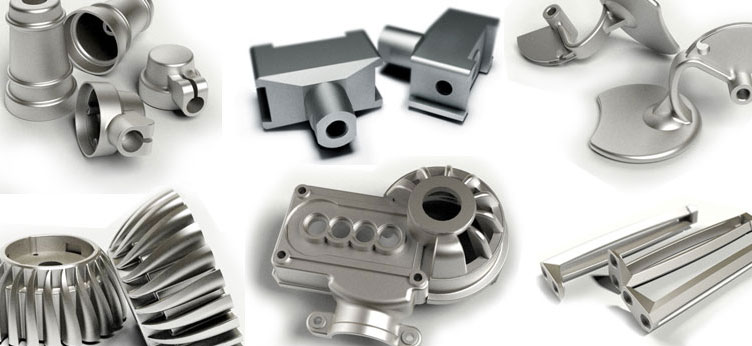Aluminum Casting versus Stainless Steel
Both aluminum and stainless steel castings offer tremendous benefits. For that reason, it is important to understand the difference between the two processes. This will help you make an informed decision that is good for your company as well as your customers. Of course, by working with a reputable aluminum and steel castings manufacturer, you will get all the help that you need.
The Aluminum and Stainless Steel Casting Process
Strength is the primary difference between aluminum and stainless steel, with stainless steel being stronger. However, aluminum has a huge advantage in that it weighs roughly one-third less. For many parts and components, weight is a critical factor.
To manufacture aluminum and stainless steel castings, the metal is melted and poured into a hollow cavity mold in the desired shape. Next, the metal is allowed to cool and solidify. Casting is the solidification aspect of the process. As the final step, the cast aluminum or stainless steel is either broken out of or ejected from the mold.

Although casting can produce almost any shape, molds are typically used for complex shapes, those that would be too expensive or difficult to achieve using some other type of process. Interestingly, the casting process dates back thousands of years. Today, casting is used to create a host of items, including tools, weapons, jewelry, and sculptures, among other things.
Depending on specifications for the finished product, steel castings manufacturers use the expendable or non-expendable process. The preferred process depends on the type of material and method of pouring, as well as other factors.
Following are some key differences of casting aluminum versus stainless steel.
- Strength – As mentioned, stainless steel is stronger than aluminum. However, aluminum castings are much lighter, making them the perfect solution when the strength-to-weight ratio is an important factor.
- Workability - Compared to stainless steel, aluminum is more malleable. For castings, aluminum is much easier to work with and manipulate.
- Heat Resistance – Typically, it takes less time to cast aluminum than it does with stainless steel. One reason is that aluminum softens after reaching 400-degrees Fahrenheit whereas stainless steel requires much greater heat.
- Electric Conductivity – Stainless steel is a poor electric conductor while aluminum is excellent.
- Pricing – Of the two materials for casting, aluminum is the more cost-efficient choice.
- Welding – There are also differences in welding between aluminum and stainless steel castings, with stainless steel being the better choice.
For high-quality aluminum and stainless steel castings, our team of experts at Offshore Direct Metals can help. Simply give us a call and we will do whatever it takes to ensure your satisfaction.
